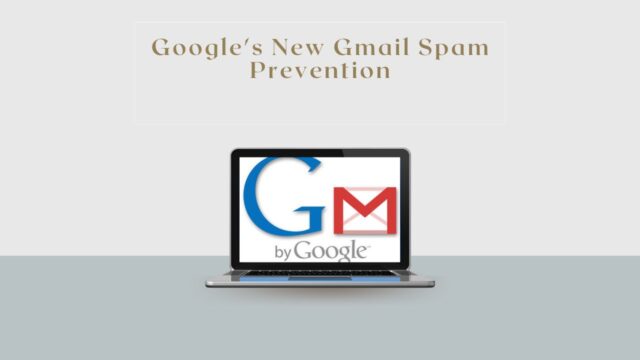Google has announced plans to strengthen its defenses against spam messages targeting Gmail users. To achieve this, the company is implementing several measures aimed at reducing the influx of unwanted and potentially harmful emails.
Starting soon, senders who dispatch more than 5,000 emails per day to Gmail users will be required to incorporate a convenient one-click unsubscribe option within their messages. Additionally, these senders must go through an authentication process to verify their email addresses. This entails configuring their systems to confirm ownership of their domain names and ensure they are not engaging in IP address spoofing.
Read More: Google Rolls Out Sleep Timer in YouTube
Furthermore, Google may withhold the delivery of messages from senders whose emails frequently end up marked as spam, falling below a “clear spam rate threshold” of 0.3% of messages sent. This threshold will be measured using Google’s Postmaster Tools.
Notably, Google has enlisted Yahoo to adopt these same changes, with the new policies set to take effect in February 2024. These initiatives reflect the ongoing battle between major tech companies and spammers who exploit open systems, like email, to send fraudulent and bothersome messages. While machine learning techniques have long been employed to combat spam, it remains a constant struggle as spammers continually devise new tactics to bypass filters.
Google’s recent adjustments to email practices can be likened to a much-needed tune-up for the email ecosystem, as described by Google product manager Neil Kumaran in a blog post. These changes aim to enhance the overall email experience by addressing certain underlying issues.
Read Also: Google TV Channels
One notable change is the requirement for senders who dispatch over 5,000 emails per day to Gmail users to include a one-click unsubscribe option in their messages. While this move is aimed at curbing spam, it may also impact legitimate marketers who rely on email for customer outreach and engagement.
Kumaran emphasizes that these modifications are not a one-time fix but an ongoing effort. The goal is to maintain the security, user-friendliness, and spam-free nature of email, which necessitates constant cooperation and vigilance from the entire email community.
It’s worth noting that in 2022, approximately half of all emails sent were estimated to be spam, according to Kaspersky Anti-Virus. This highlights the persistent challenge of combating unwanted and potentially harmful emails in the digital communication landscape.

















